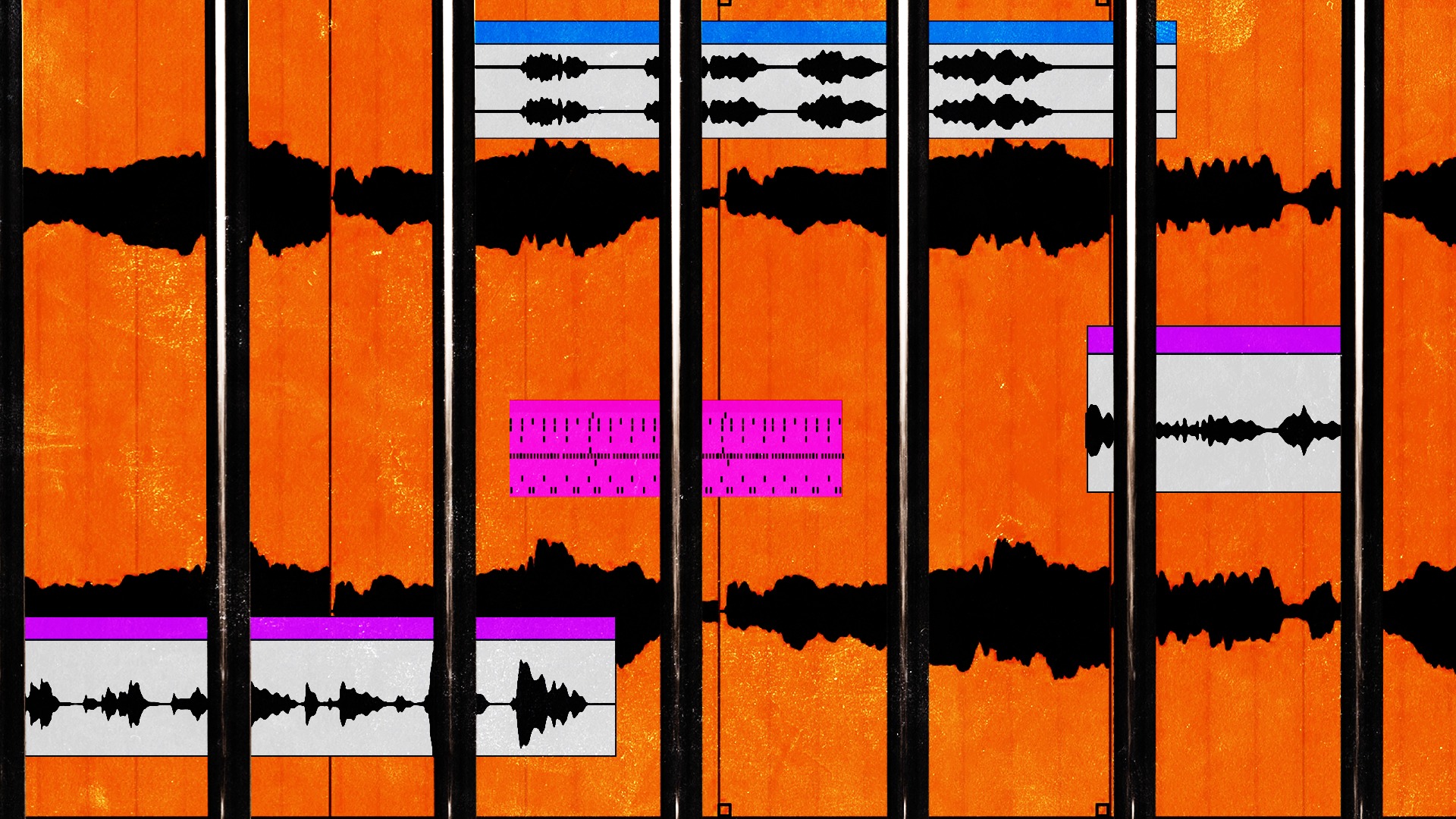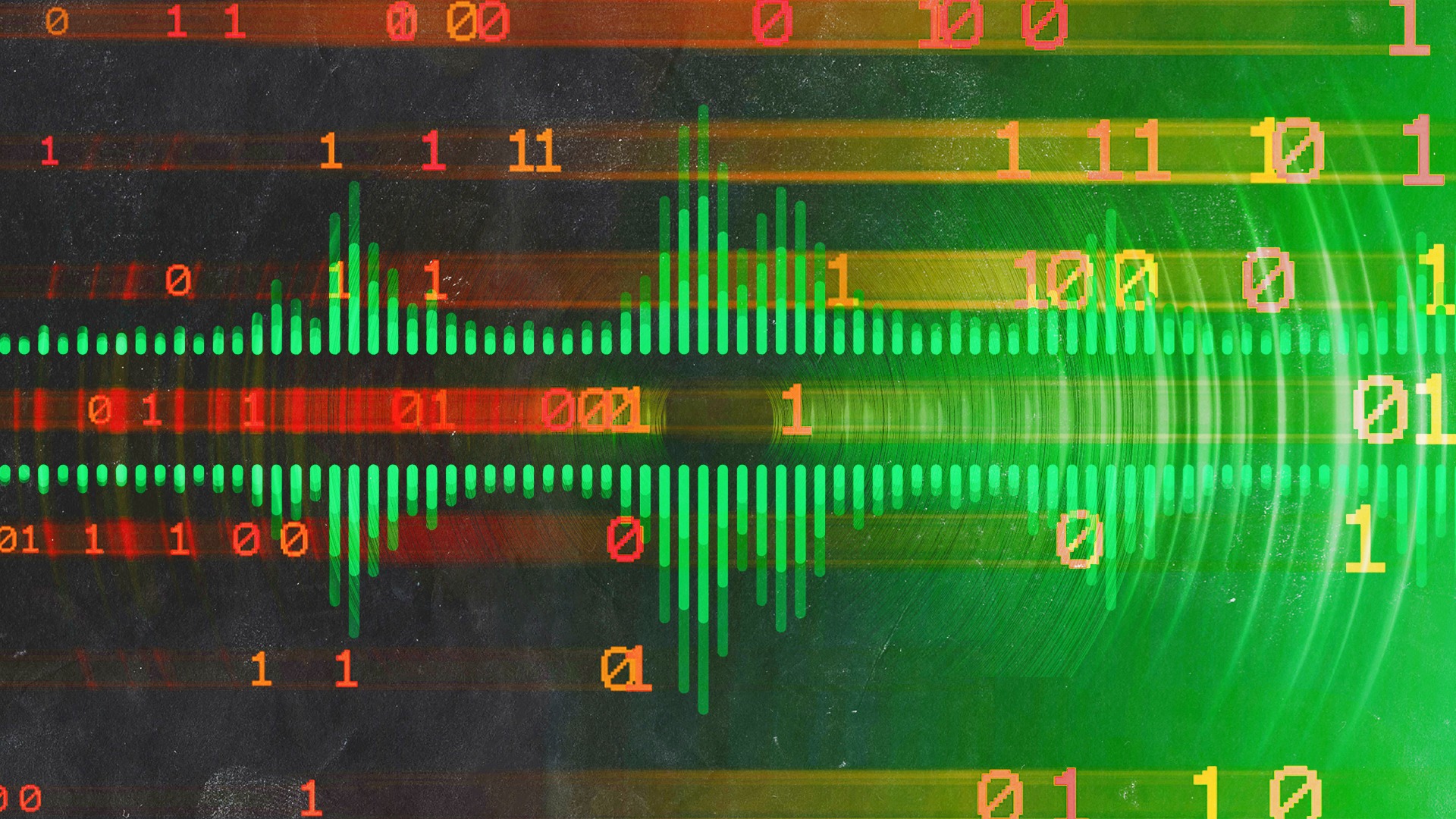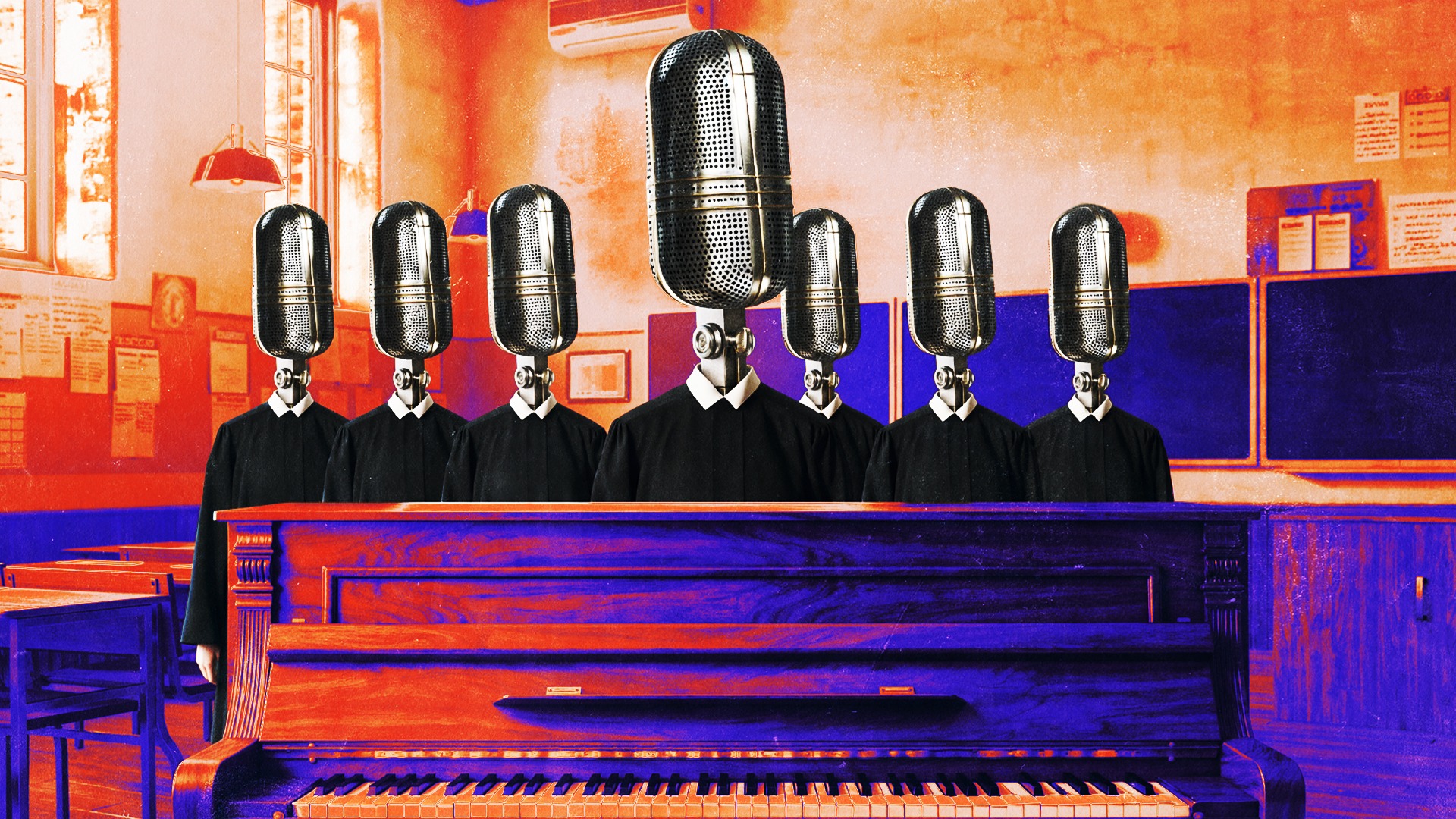
Childish Major is Growing Up: The New New Atlanta
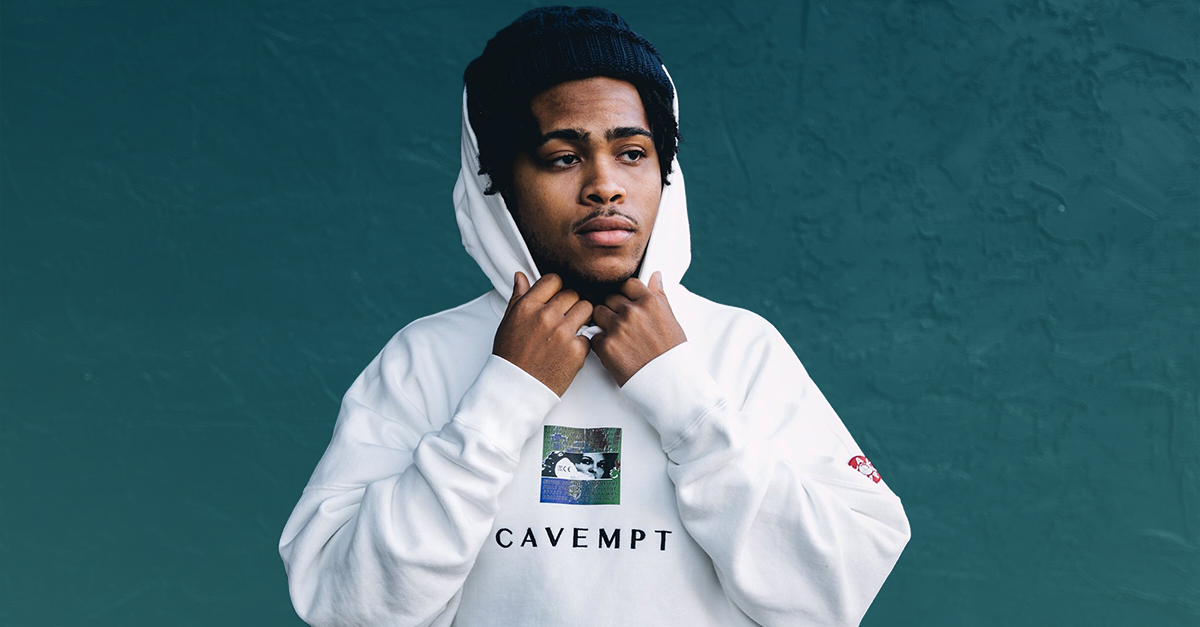
Childish Major turned 25 years old on July 4th, 2016.
For his birthday, he got something most of us only dream of—features from both Isaiah Rashad and SZA on his breakout track, aptly titled “Happy Birthday.”
When you think of The New Atlanta, you probably think of rappers like Future, 21 Savage and Young Thug. You’re probably imagining the detuned lilts of Metro Boomin, or Mike Will Made-It’s distorted “Ear Drummers” producer tag (Read that backwards, and Rae Sremmurd’s name might make more sense all of a sudden).
About 7 minutes from now, you’ll think of one name – Childish Major.
He’s worked with Isaiah Rashad, Jeezy, J. Cole (and his Dreamville imprint), SZA, Rick Ross, Rocko, and too many others to name. But now, Childish Major is becoming an artist in his own right.
He weighed in on vinyl’s role in a digital era, what rappers can do to help producers (and vice versa), and how to get those heads nodding in the studio.
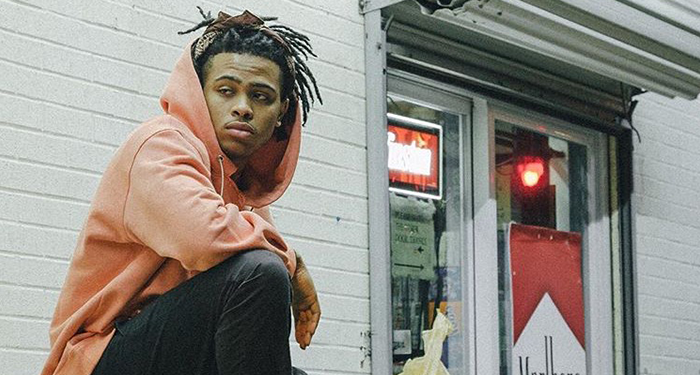
I wanna start by asking you about the track “Happy Birthday,” with Isaiah Rashad and SZA. How did that come together, for you to work with those two?
Around the time Isaiah had announced signing with TDE was around the same time that I produced “U.O.E.N.O.”. So, we were coming up at the same time, but we built the friendship without working at all, just, really being a friend.
I started working on music as an artist, and then I would ask him, “What do you think?” He got “Happy Birthday” and was like, “Yeah, I’ll put something on there.” He did, and then time passed, and he was like, “I want to put this on my project, I think I’m gonna put SZA on.” So, he ended up doing that, thinking that it was gonna be on his album. My birthday came around and I was like, “Man, I wanna drop this song.” So I hit him up like, “Is it cool?” He was like, “Yeah.”
So I just put it out. But yeah – it was friendship first, then the music came after.
There’s a lot going on in that beat. How did you put it together?
I got this VST called Kontakt, and it has a Mellotron simulator, which is an electro-mechanical tape piano.
I was playing around with some chords, which were the chords for “Happy Birthday.” Then, I went in and chopped the breakbeat, laid that on there, did the bass line and everything else. It was actually probably one of my quicker beats.
Where did that break come from?
To be honest, it was in a pack and it wasn’t labeled at all, actually. It was in one of those unlabeled packs.
What’s your process like when you’re looking for samples?
When I was first starting off, I guess I had a lot more patience. I was really into it—searching on the internet, going through old vinyl YouTube rips. The related videos just all start to open and then, you keep going through them, and just download and download and download and download. That’s how it was in the beginning. Now, I know people that make original samples and I play stuff, too. With all the different samples that I got, I have packs in my library that, to this day, I still haven’t been through yet. These days, I just try to find something new in there.
To be honest, it was in a pack and it wasn’t labeled at all, actually. It was in one of those unlabeled packs.
So you just made yourself an archive of samples and sounds that you like, and you dig around in there.
Yeah, just from other persons that I come across or work with, exchanging libraries and stuff that they haven’t used and passed on to me. It’s pretty much just come from collecting throughout the years.
A lot of hip hop production relies on really classic techniques like sampling vinyl, but DAWs and software are making it really modern. How much of your technique is that traditional approach to production, and what kind of modern techniques are you using?
I think it’s off and on. Taking the vinyl, ripping it and sampling—that wasn’t a part of my everyday production method. But it’s something that I do every now and then, I have to be in the mood for it. Sometimes I just want to get in the studio and just go at it. So, it’s a part of it but not a part of it.
But, on the other hand, I am always recording. So during the song, I’m in the post-production part, and I’ll add a tambourine, or some wooden blocks, things like that.
Jeezy was the first person that told me, “Never just give somebody the beat and that be it. This is just as much mine as it is yours.”
So sometimes it’s live percussion, but the rest of it is all digital?
Yeah. For the most part, I’m pretty digital. But sometimes I’ll have a guitar player come in or have other musicians come in.
Old school production approaches, like vinyl flips—is that still relevant? Do people still need to be doing that?
Yes. I wish I did it more, but my patience is not as good as it used to be. But I think it should definitely stay. If you don’t know how to do it, learn how to do it just in case.
You never know what it might change as far as your sound.
I wanted to ask you more about collaboration. Let’s say you’re producing a beat, and you’ve got a rapper that’s gonna jump on it. How finished is the song before they get in there? Do they have input on the structure of the song, or are you giving them a finished beat?
It’s different every time because every artist is different. Have you ever heard of Jace from Two-9? Working with him, he never wants to sit in during the process of making the beat. He’s gonna walk out. So, with an artist like that I just wanna have it ready, or I go through beats. But there’s other artists like J. Cole who want to sit and see me make the beat. Not to tell me what to do—but it allows him to change his ideas and switch his ideas as the beat builds. He doesn’t hear it one way. So it depends on the artist.
Jeezy was the first person that told me, “Never just give somebody the beat and that be it. This is just as much mine as it is yours. Tell me if you like something, tell me if you don’t like something.” When I’m in the studio, I’m vibing off of the artist, or the people in the room. So every time I add something to the beat, I’m looking around to see if those heads are nodding. And if they’re not nodding how I want them to nod, then I switch it up until they do.
I’m pretty digital. But sometimes I’ll have a guitar player come in or have other musicians come in.
With the track that J. Cole produced for you—did you have any input on the production at all?
No, actually, I just let him write. As far as the sequencing of the beat, he gave me the MP3 at first, and I just took the MP3. When I write, I usually change the sequence of the beat. So, it’s an MP3, it’s a two-track, so I can’t really go into the stems like that. And he’s super busy, so, it’s like… if he already gave me a beat, I’m not gonna bother him about that.
But I would take it, take the intro, the outro, and just flip the things around that way, doing as much as I can with what I have. Me being a producer, that’s not that hard.
What was that like for you, to sit on the other side of that table, to be on the artist side of that arrangement?
With J. Cole, it’s very easy. I’ve hopped on other people’s production before, but with it being J. Cole, and coming off of producing something for him, it’s like, “Man, all right, this is real.” Not only is this real, but he’s a real and a genuine person, and he’s a man of his word—he could have let me have the beat and then not cleared it. He believed in me, and that means a lot.
You have to learn how to take that artist and say, “Hey, I know you don’t wanna be in a box, but we gotta put you in a box just a little bit to make the song understandable.”
You have a unique perspective because you’re both a producer and artist. As an artist, what can you do to make things easier for the producer you’re working with, and vice versa?
Really, it’s being both that helps. Being both of them makes perfect sense. As a producer, even if I’m not contributing any lyrics, I can still hear melody, I can still hear where to fill in different spaces as the artist.
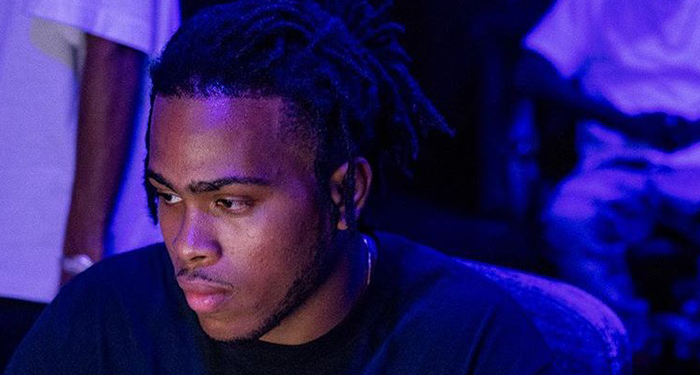
So for an artist who’s never produced before, the best thing they could do is to get a little bit familiar with production? That way they know what the other person’s going through.
Yeah. The best thing as an artist would be to get familiar with sequencing and song production. Obviously, everybody’s song structure isn’t the same, but just getting a feel for how a song should feel.
Start there, then go up from there, and then expand. But you wanna know the basics. As a producer, there’s artists that you work with that are totally against the grain—where they can’t tell what’s what, as far as the song sequence. You have to learn how to take that artist and say, “Hey, I know you don’t wanna be in a box, but we gotta put you in a box just a little bit to make the song understandable.”
Follow Childish Major on Facebook, Twitter, Instagram, SoundCloud, and Spotify. Don’t sleep on his newest track, Supply Luh.
Gear guides, tips, tutorials, inspiration and more—delivered weekly.
Keep up with the LANDR Blog.

